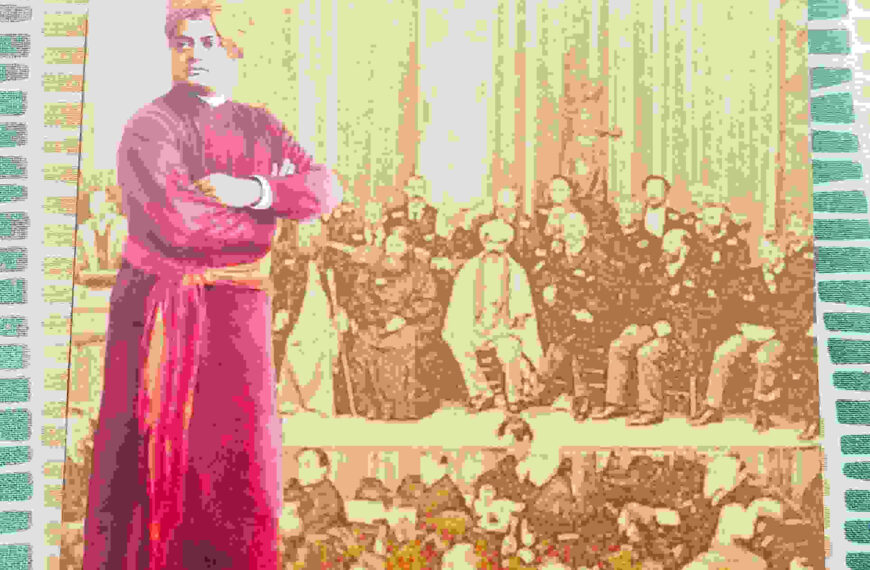Nilanjana tells us the story of Kurma (tortoise) Avatar of Lord Vishnu, in the seventh part of the serial. The story of Amrita1 Manthan2 (churning of the ocean for the nectar of immortality) is one of the more popular stories of Srimad Bhagavatam. The devas and the asuras began to churn the ocean. Narayana kept his hand on Vasuki’s head; the devas followed him. This made the asuras angry. They refused to hold the tail of the serpent since they felt it was below their dignity and wanted to opt out of being a part of Amrita Manthan. Narayana happily chose the tail of the serpent with the devas following him. The happy asuras felt they were winning over the devas. However, Mount Mandara sank on the ocean. Both the parties were now upset. Narayana took the form of a huge Kurma (tortoise) and lifted the mountain on his back. Mount Mandara rose out of the ocean and Narayana held it with a thousand arms to prevent it from sinking again. Here’s the enchanting weekly column, exclusively for Different Truths.
Devas (divine beings) and asuras (demons) are borne of the same father, Rishi (Sage) Kashyap. But their mothers are different. Aditi is the mother of the devas, while Diti is the mother of the asuras.
The devas and the asuras were not exactly best of friends. Sibling rivalry was at its worst between these two. This story begins when the devas were being constantly butchered by the asuras as they could not withstand the fierceness of the attack. Helpless they approached the creator, Brahma for a solution. Brahma asked them to pray to Lord Vishnu with utmost devotion.
Lord Vishnu, also known as Narayana was prompt to respond to their prayers. He advised, “This is not the time to fight with the asuras. Make peace with them. We need time to prepare ourselves against them and hence call for a truce. For such a great endeavour that I am planning, we need peace to gear up our energies. My advice would be to go and get Amrita, the elixir of life. That would make you immortal. Even the dead ones will come back to life.”
The devas looked at him questioningly. Narayana knew the question, “How will you get Amrita?”
The devas nodded their head in agreement. Narayana responded, “You all need to churn the ocean with Mount Mandara as the churning staff and Vasuki, the serpent, as the rope. The might of the asuras will help you in this. But remember, that you will have to wait for the Amrita to come out. Do not indulge yourselves in petty fights with the asuras over other things that may emerge out of the ocean. Being focused only on the Amrita will help. A warning – the first thing to emerge out of the ocean will be Kalakuta poison. Do not get worried but wait for the Amrita to emerge. Now go and make peace with Bali, the king of the asuras.”
As Narayana disappeared, the devas went back to their abode. Indra, the king of the devas went to meet  Bali. Bali’s men were about to attack their enemy, but Bali being an honourable king, courteously listened to Indra. Tactfully and softly, Indra placed his proposal. Bali listened to it and immediately agreed.
Bali. Bali’s men were about to attack their enemy, but Bali being an honourable king, courteously listened to Indra. Tactfully and softly, Indra placed his proposal. Bali listened to it and immediately agreed.
The mighty asuras plucked out Mount Mandara from the earth. However, the mountain was too heavy for them and they dropped it midway. Some devas and asuras were even crushed under the mountain. Narayana came to their rescue, lifted the mountain and carried it to the sea-shore.
The devas and the asuras began to churn the ocean. Narayana kept his hand on Vasuki’s head; the devas followed him. This made the asuras angry. They refused to hold the tail of the serpent since they felt it was below their dignity and wanted to opt out of being a part of Amrita Manthan. Narayana happily chose the tail of the serpent with the devas following him. The happy asuras felt they were winning over the devas.
However, Mount Mandara sank on the ocean. Both the parties were now upset.
Narayana took the form of a huge Kurma (tortoise) and lifted the mountain on his back. Mount Mandara rose out of the ocean and Narayana held it with a thousand arms to prevent it from sinking again.
The churning was now getting intense. Having being pulled from both directions, the serpent Vasuki let out fire and poisonous smoke from his mouth. The asuras had to bear it since they chose and insisted on not holding Vasuki’s tail. But Narayana summoned the rain clouds to cool the air and ease it out for the asuras.
There was no sign of Amrita, but the churning went on in full swing. Aquatic life also bore the brunt of the churning.
The first thing to emerge out of the ocean was the halahal (poison). It became difficult to breathe as the fumes of the poison polluted the whole surrounding environment. Unable to bear the sting, the devas and asuras fled.
The devas approached Lord Shiva also known as Mahadeva to rescue them from this predicament. Compassionate as he is, Mahadeva requested approval from his consort, Shakti, to swallow the dreaded poison. The poison entered his throat and stained it into a shade of blue. Hence he is also called Neelkanthah (the one with blue throat). While he was drinking the poison, a tiny drop slipped from his hand and fell on the ground. It is believed that poisonous creatures like snakes, scorpions, other fanged creatures and poisonous plants owe their deadly origins from this episode.
The devas and asuras continued churning the ocean. Many things emerged from the ocean. 
The first to emerge was Kamadhenu, the cow. It was handed over to the rishis (sages). The white horse, Uchchaishravas, emerged next. The king of asuras, Bali kept it for himself. The devas, following the advice of Narayana did not demand anything. Then emerged the magnificent elephant, Airavata, which was handed over to Indra. The beautiful gem, Kaustubha, emerged next. Strangely enough, Narayana wished it for himself. Next the tree Parijata emerged along with the apsaras. Since the asuras did not show any interest, it was handed over to Indra.
Lakshmi, the goddess of wealth, appeared next. Everybody wanted her  desperately, but she chose Narayana since he was the most centered one without any desire.
desperately, but she chose Narayana since he was the most centered one without any desire.
Varuni appeared next and was taken over by the asuras. The churning went on and finally after a long time a divine being emerged from the ocean holding a large vessel of gold.
He was, Dhanvantari, another incarnation of Narayana. The vessel in his hand contained the much coveted after Amrita.
The asuras dropped Vasuki and ran towards Dhanvantari. They snatched the vessel from his hands and ran away from there. Dhanvantari disappeared and the devas were stunned at this unexpected turn of events. They sought Narayana’s help again.
Meanwhile, the asuras kept on arguing and fighting amongst themselves as to who should take the first sip of Amrita.
The presence of a beautiful damsel suddenly caught everybody’s attention. The Mohini form of Narayana mesmerised everybody. The asuras handed over the vessel of Amrita to her. She smiled charmingly, “How can you hand over this to me, since you do not even know me? So much confidence in a stranger! Maybe you are fascinated by my looks. The wise say trusting one who kindles lust is like trusting a wolf.” The asuras did not pay any heed to these words of warning and asked her to distribute the nectar of life.
Mohini asked the devas and asuras to sit in different groups. She began distributing the Amrita but only to the devas. The asuras were too engrossed in her beauty to notice any foul play here. Only one asura was alert. He assumed the form of a deva and sat between the sun and moon. When Mohini dished out the Amrita, he grabbed it. Soon Narayana realised his mistake; he summoned the Sudarshana chakra3 and cut off the asura’s throat. Since he had swallowed Amrita he would not die. But his body had not absorbed Amrita, it fell down senseless. However, his head remains immortal in the form of Rahu.
Once Amrita was served to the devas and the vessel was empty, Narayana, took on his natural form and disappeared.
The war amongst the devas and asuras continued, but now the devas were blessed with the gift of immortality.
This story has a range of symbolic significances – about expectations, behaviour, attitude, focus – but the most important take out is the churning that happens within us all the time. Perhaps, we are not even aware of it!
Glossary
1. Amrita – Nectar of immortality/elixir of life.
2. Manthan – Literally means churning.
3. Sudarshana chakra – The discus in the hand of Narayana.
Footnote: Srimad Bhagavatam is often called the Bhagavad Purana. Authored by Ved Vyasa, the stories are about the various avatars (incarnations) of Lord Vishnu, also known as Narayana.
©Nilanjana Dey
Photo from the internet.







 By
By

 By
By
 By
By